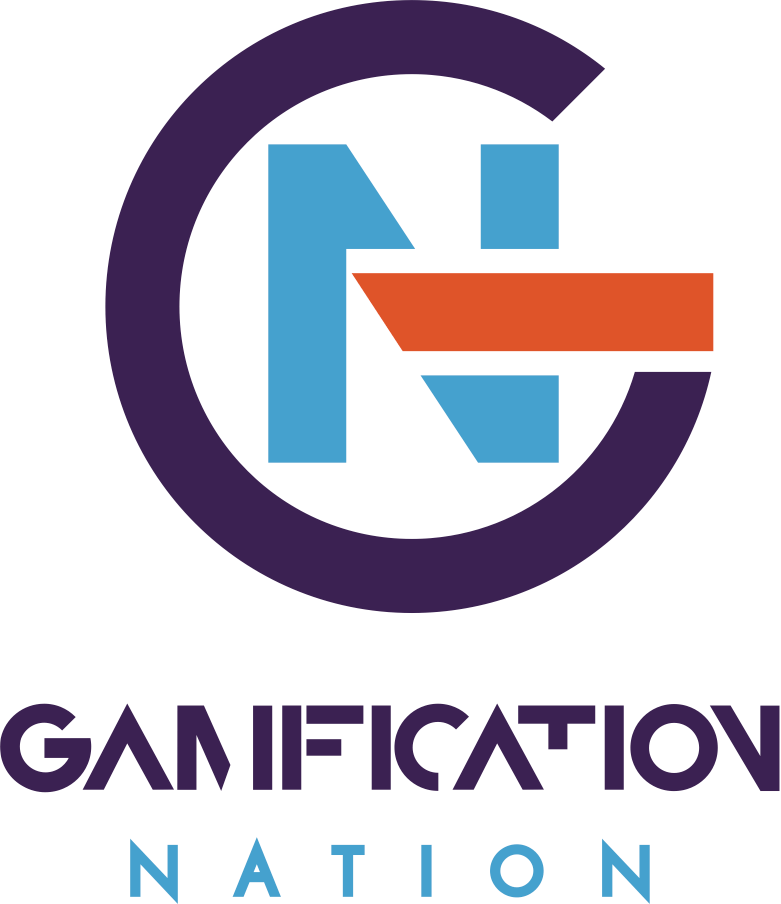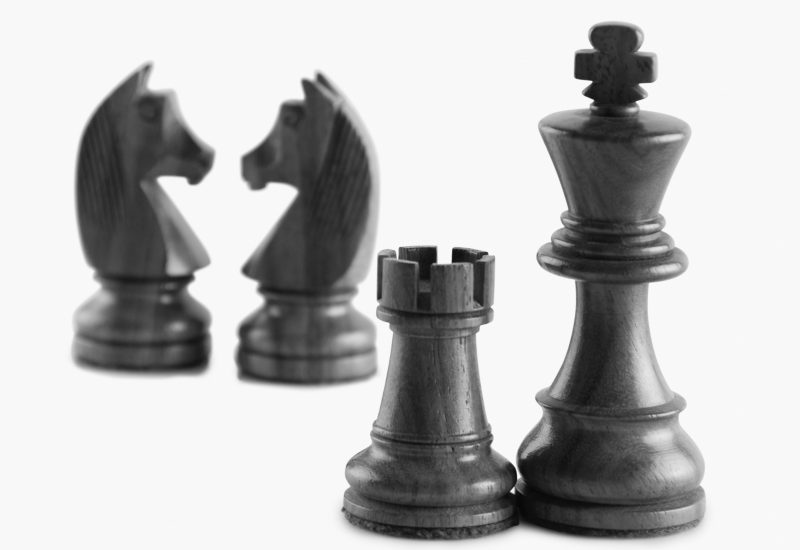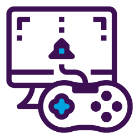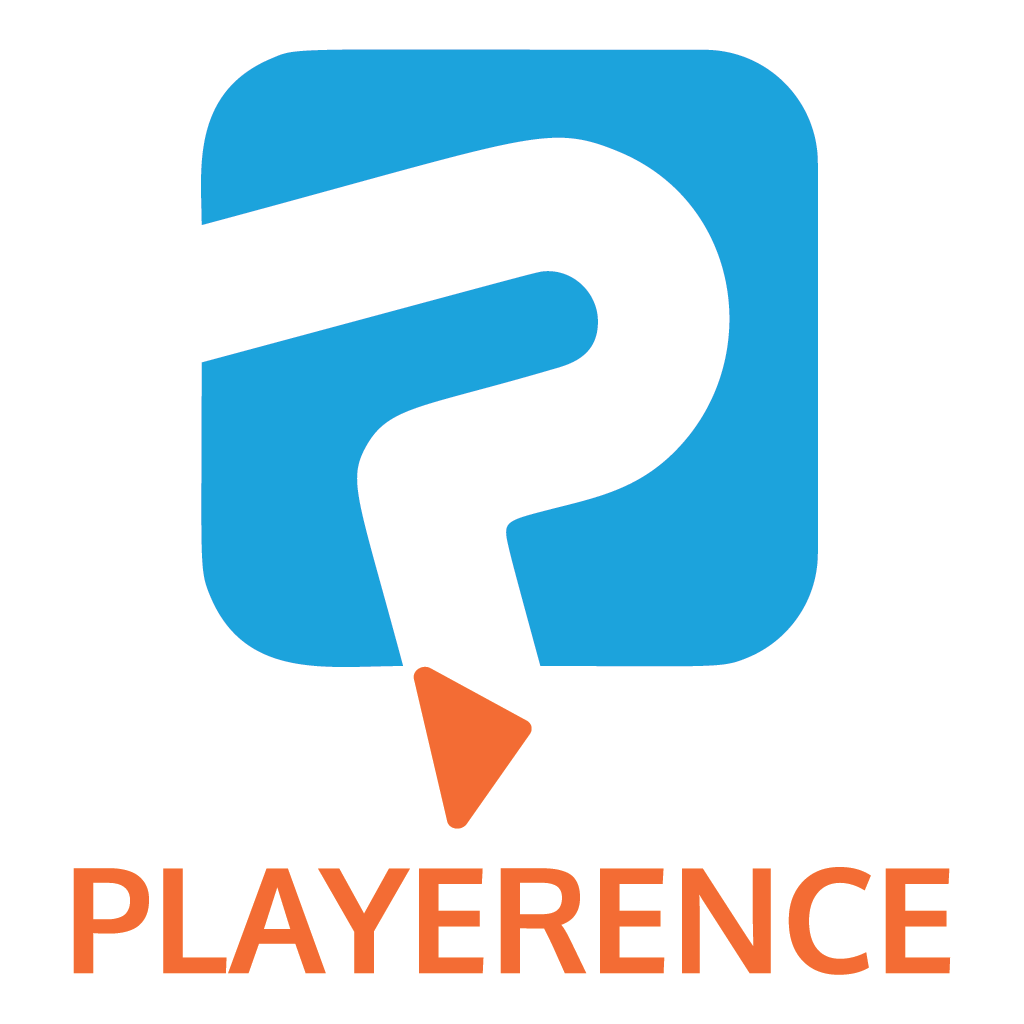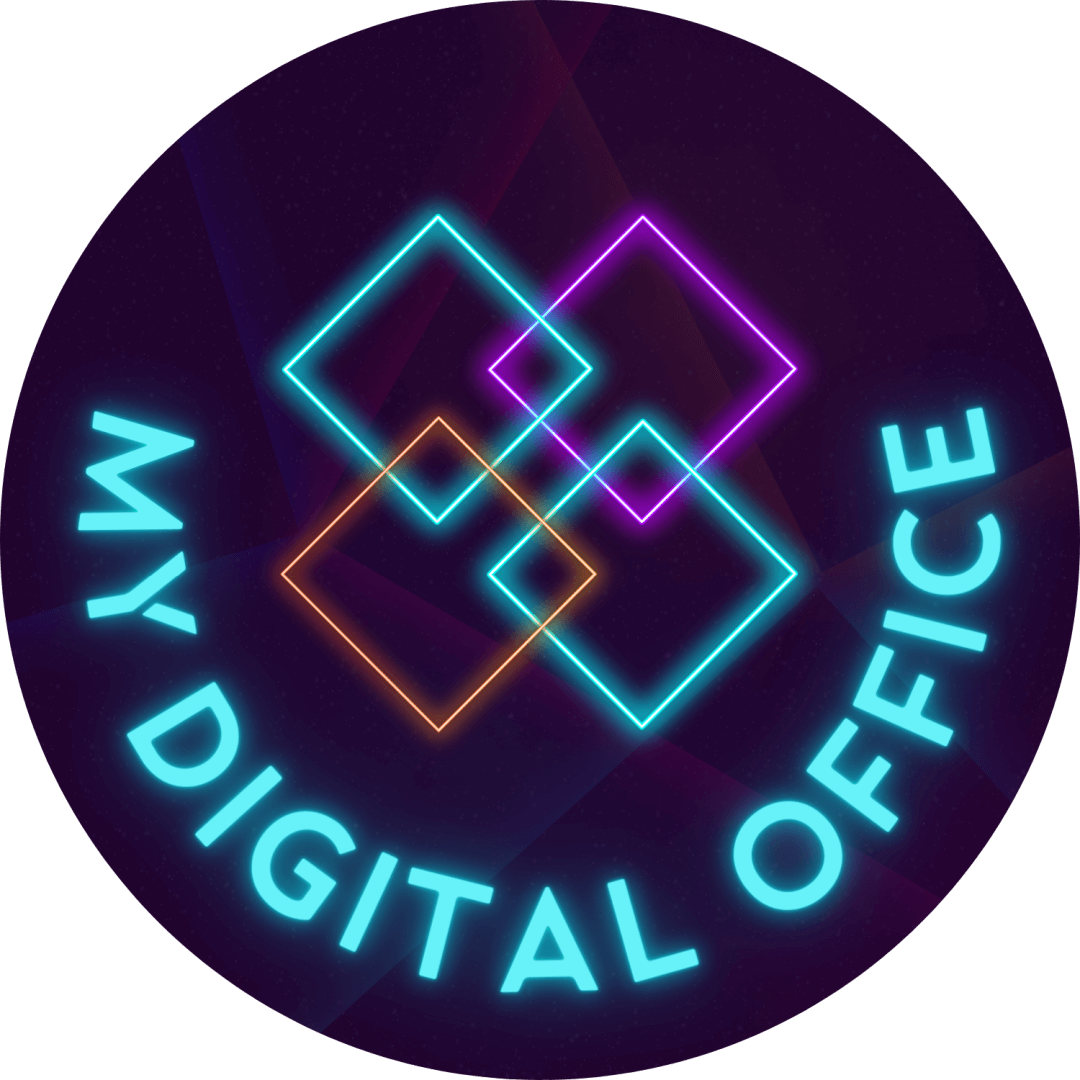What is gamification in marketing or what could gamification look like for a marketing process? We recently took part in a challenge which addressed exactly this question, how can we gamify our marketing to attract a younger demographic.
Understand your target audience
Marketing is at the end of the day all about attracting potential customers, raising an interest, helping them to get to the buying decision and a strong call to action. For those of you who like theory, that was the AIDA model in a nutshell. My first degree was marketing focused, so I learned some of these things a few moons ago.
When we look at the customer attraction process and good marketing practice, it always starts by getting to know your new target audience in great depth. You need to know where they hang out online and offline, what their preferences and behaviours are and how you can potentially help them achieve one of their wants or needs. Like in good gamification design practice marketing starts with target audience research.
Map the journey
When you have created one or maybe multiple personas you can then start mapping your customer attraction journey. It needs to have a starting point in the place where the customer spends time. For example for a campaign we are working on, we established the target audience is either on Instagram, YouTube or Twitch, so our starting outreach for marketing will start there.
When it comes to creating a meaningful customer journey, we need to identify what nudges will catch their eye and get them engaged in a first activity. It can be a mini-game, a playable ad or a teaser for a challenge that takes a bit more commitment and time. Either way, the language has to be that of the user, not that of the company behind the marketing campaign.
You want to map out the various steps in your marketing process, which can have multiple starting points. So taking our example for an audience that hangs out on any of the three channels (Instagram, Youtube, Twitch) we may vary the attraction message for each channel, on Instagram, it could be an action-focused quote with a clickable link, on Youtube an interactive video and on Twitch a mini-game. Once the action for each of these channels has been taken, the journey may converge into one stream or you may want to keep them separate to test your most effective route to engage and entice your customer.
Invite to play
When it comes to gamification in marketing, we want to encourage some playful behaviour. It can be a simple scratch card to unlock a surprise code. A riddle to start a treasure hunt, an invitation to a 30-day challenge or a wheel of fortune with instant prizes related to your brand.
If you are marketing a knowledge-based service or product, then a longer engagement campaign that builds trust in your ability to deliver will be required for most buyers. If you are in a more transactional product category, a free trial or money off discount or special event will work well. If your product is aiming to engage adrenaline junkies, then an event with this in mind would be on target.
Combine your brand values with those of your target audience and create engagement at that level. For example a financial institution with a long track record in asset management, may want to build this trust and capability with its clients by taking the stress and lack of knowledge out of investing with for example a 30- day money mentoring challenge or a family friendly ‘who would make the best investor in your house?’ style challenge. However, a Red Bull for years organised high adrenaline events to make things fly, float or other, where you have to be daring to build something and take part. Totally different brand values but both applying gamification.
Advergaming has been a trend that has come back and with today’s technology, we can make ads playable like mini-games. They can be branded casino type games or some more engaging treasure hunts online with related brands targeting the same audience as you. Magnum ice cream has had a few fabulous online examples of online treasure hunts.
Banking on social sharing has been useful for technology companies like Google and Dropbox. Dropbox increased your storage facility if you shared with others. Google launched Gmail by invitation only. In more recent times, video company Loom also asked for people to share to extend the level of services you had access to as part of their launch campaign and for what felt like a test launch of their MVP. Social game elements can be very powerful.
Test and measure
Marketing invented the terms testing and measuring, so it should be no surprise that we would advise this for marketing related gamification. A/B testing of headlines, calls to action and gamification are all up for negotiation. Marketing is a science combining the understanding of the behaviour of your client with targeted communication and strong calls to action. Having people take small playful actions increases the level of commitment given to your brand.
In marketing, you would rinse and repeat a campaign if and when it has proven to work. Adding gamification into the marketing mix doesn’t change that. You always want to ensure it builds a longer-term connection. You can also still add playful elements in your seasonal marketing efforts around major celebrations and events. I see gamification as an enhancer and a way to achieve mini-commitments from your target audience with off course the ultimate goal of them becoming customers for the long run.
https://gamificationnation.com/what-should-a-call-centre-focus-on-in-gamification-for-their-employees/
